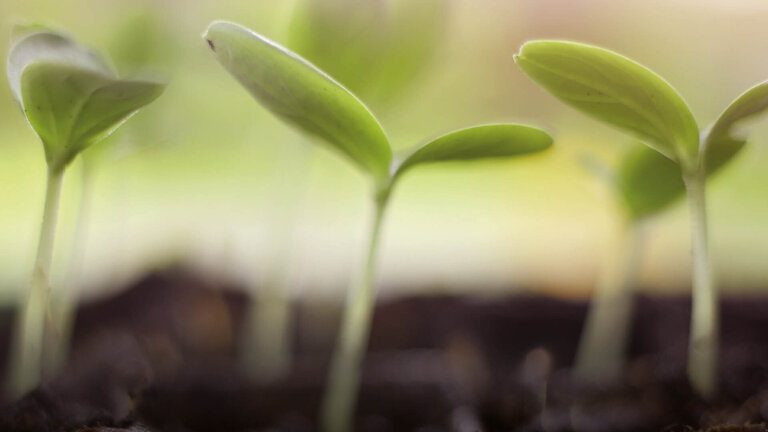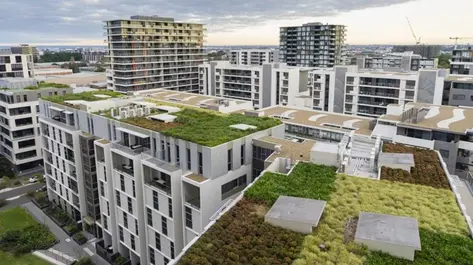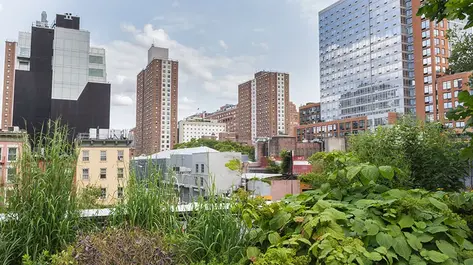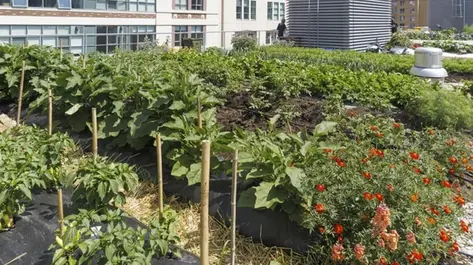Agriculture in the city has been around since the urban gardening movement started at the very least. But on a roof? That sounds a bit like a retreat for ‘ecohipsters’!
On the contrary, urban gardening is just beginning to advance beyond its niche status. More and more experts are sure that this is the future. The reason is that it brings us closer to a solution to another urban problem: supplying inhabitants with food that is sustainably produced locally – possibly as part of a nutrient cycle. In addition to urban gardening and urban farming, the keywords are often hydroponics and aquaponics.
Aquaponics – that involves fish, doesn’t it? Does that mean there we will soon get fresh fish from the roof?
Exactly. Aquaponics is based on a symbiotic cycle that can easily be implemented in a limited space: Fish faeces fertilize vegetables which filter the water via their substrate. The water then flows back into the fish tank. And the fish and vegetables are available as food products. Trials are already underway to use waste heat generated by the operation of a building to drive such cycles.
It seems that – regardless of all the differences in form and function – planted roofs have one thing in common: They are compensation areas in many different ways. Would you agree?
Absolutely. This is most evident with regard to their ecological function: They provide balance where the urban space undergoes local heating as the result of solar energy stored in stone, steel, asphalt and concrete. Green roofs mitigate the heat island effect, which is usually a negative feature of cities compared to the areas surrounding them. Green roofs lower the temperature of the surroundings – and, thanks to the insulating properties of the plant layer and evaporative cooling, they also moderate temperatures in the rooms below.
It is also said that green roofs lessen the impact of heavy rain events. Can you explain how?
In Germany, around 45 percent of built-up areas and traffic surfaces are sealed. This can quickly become a problem, particularly during very heavy rain, because within a short time huge quantities of water flood into the sewer system – which is not usually not designed for such large volumes. Green roofs act in much the same way as natural soil, temporarily retaining rainwater, which can otherwise quickly lead to manhole covers being swept away. This takes some of the burden off sewer systems – and also results in lower wastewater rates for property owners. And it means that pedestrians can walk around the city without getting wet feet.
Which brings us to the cost. Does investment in green pay off?
A number of advantages of green roofs more than balance out the greater expenditure incurred by the principal for more complex planning & construction and regular maintenance. In addition to the reduction in local authority rates I mentioned before, these include lower costs for air conditioning and heating of the top floor. Added to which, employees generally identify to a greater extent with their ‘green’ building, not least because of the feel-good climate. If this has a positive impact on productivity and health, the investment quickly pays for itself. And ideally, the enhanced image of the property also results in optimized market presence.




